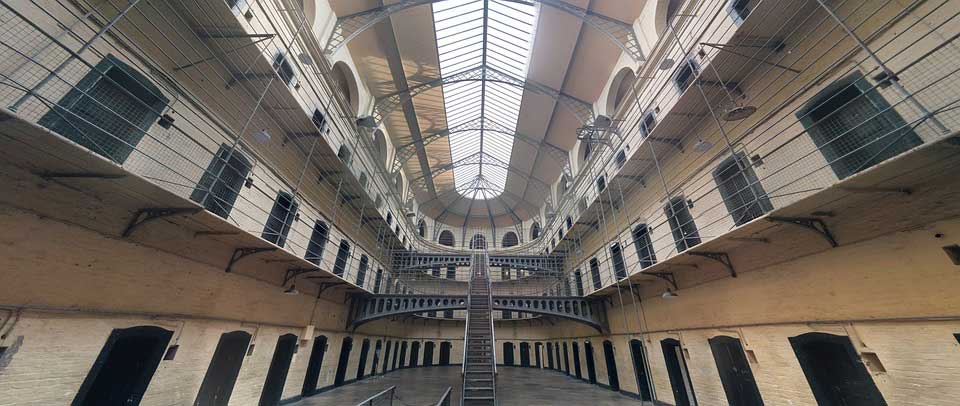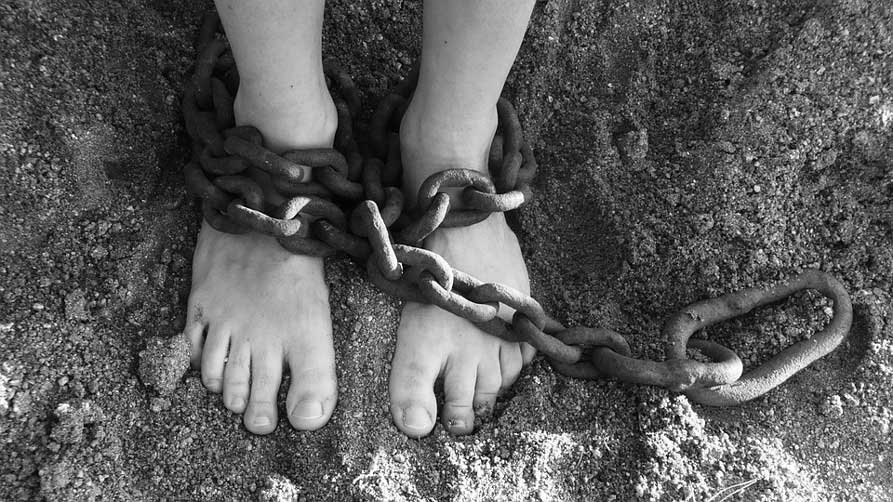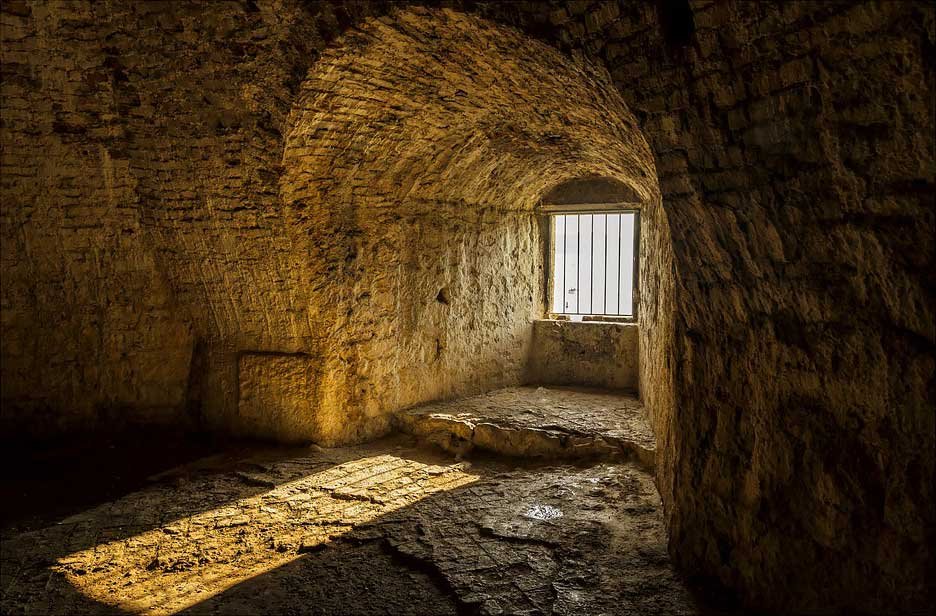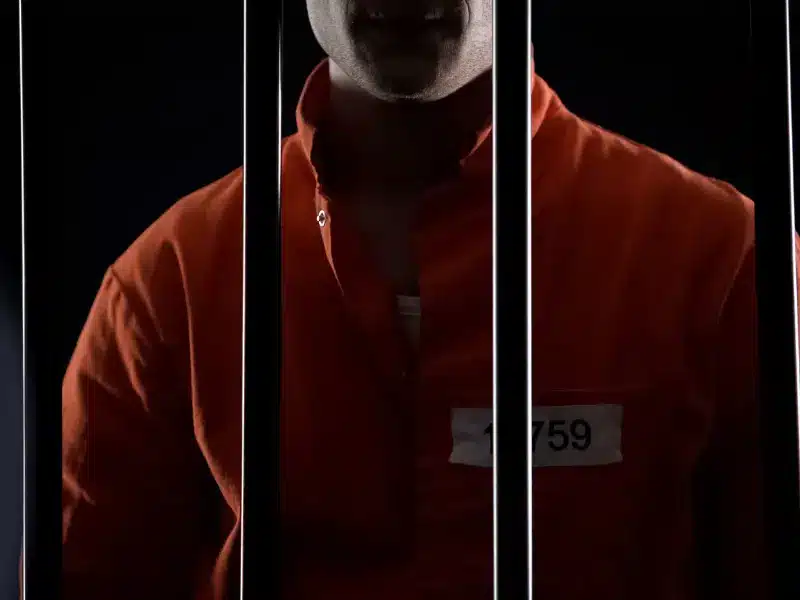There are various types of prisons, and private prisons are one of them. These correctional institutions are called “Private Prisons” for not being run by the government rather than private companies.

According to the Census of State and Federal Adult Correctional Facilities report, as of 2023, the number of private prisons is 411.
You’re mistaken if you think that these many privately owned correctional facilities are keeping a significant number of prisoners.
Today, we will give you a complete concept of how many prisons are privately owned in the US in 2023 and how many inmates they hold in their facilities. Here’s everything you need to learn.
411 Prisons are Privately Owned in the US in 2023
According to information from the Census of State and Federal Adult Correctional Facilities, as of 2019, 411 private prisons were operating in the United States.
The number of privately owned prisons has remained the same since then. Around 8.2% of all prisoners in the United States are housed in these prisons.
Private companies are making billions of dollars in investing in these correctional facilities.
Only 7% of Total Inmates are Kept in Private Prisons
In 2022 the percentage of private prison offenders was 8.2%. However, in 2023 the rate was reduced. It’s now only keeping 7% of all incarcerated people.
A considerable number of prisoners are held in public prisons. But it’s also true that some states keep more inmates in private prisons than government-run prisons.
According to the Prison Policy Initiative, the total number of imprisoned people in private prisons is 1,34000. (Source prisonpolicy.org)
How Are Private Companies Making Money Out of Private Prisons in the US?
Since private prisons hold a tiny part of the total number of imprisoned people, their primary goal is to extract as much money as they can from the inmates.
They also take money from the government, which is a little profit. Hence, private prisons target inmates and ask them to spend vast amounts of money for even small services like just making a phone call. A mother of a private prisoner has shared these facts with CGTN.
She said, “Well, it just cost a lot of money. Every family that has somebody in the prison, it’s punishing the families too because I can’t even tell you how much money I have sent to my son in prison for phone calls, for extra food, or for books or a radio. They have to buy that all in the private prison.”
Final Words
Private Prisons are an essential topic to discuss. This has caught many people’s attention through the years for its harsh conditions.
Private prisons are nightmares to not only the inmates but also their families. Its main target is to profit significantly from the government and the prisoners. Currently, there are 411 prisons with a total of 1,34,000 inmates.












